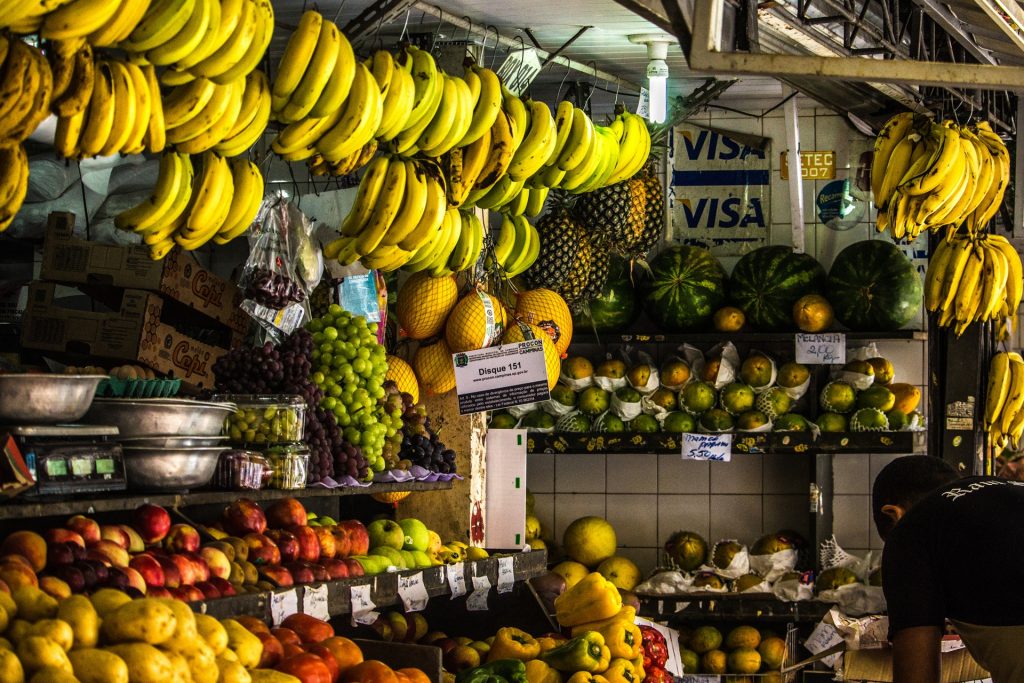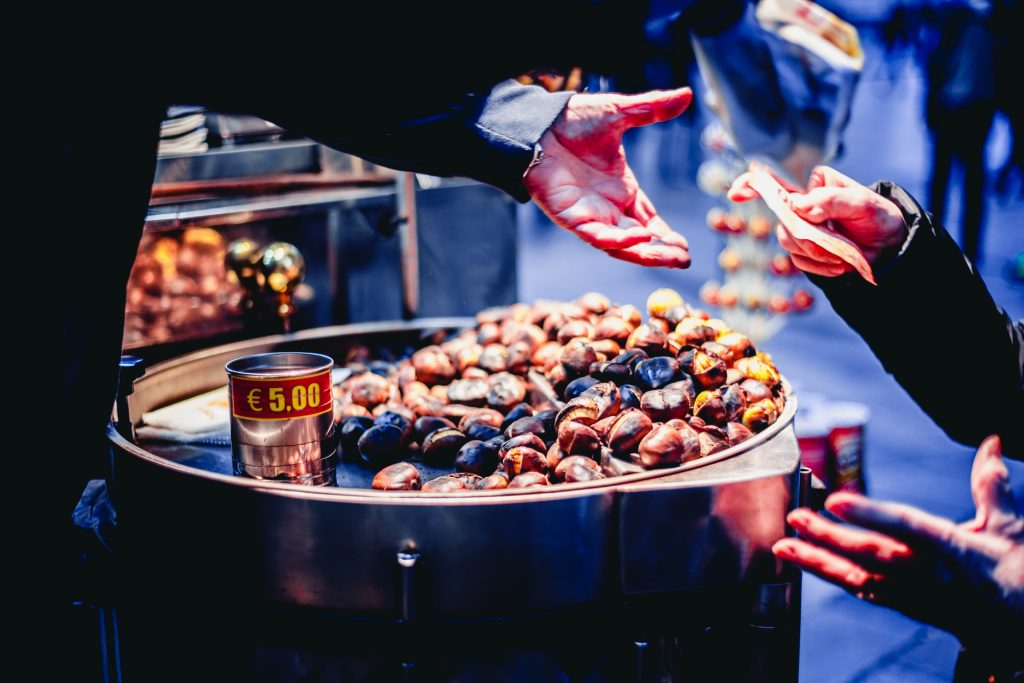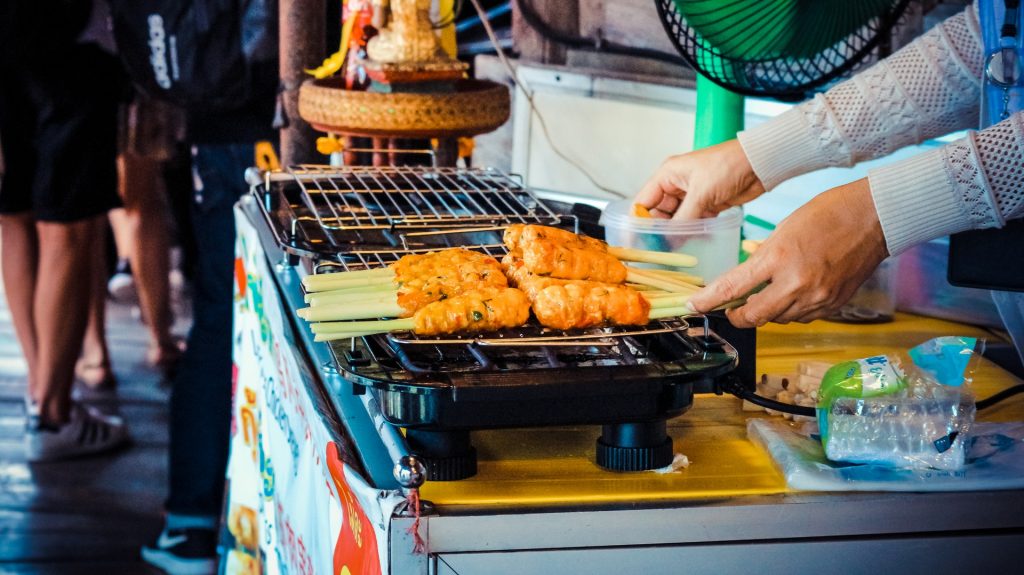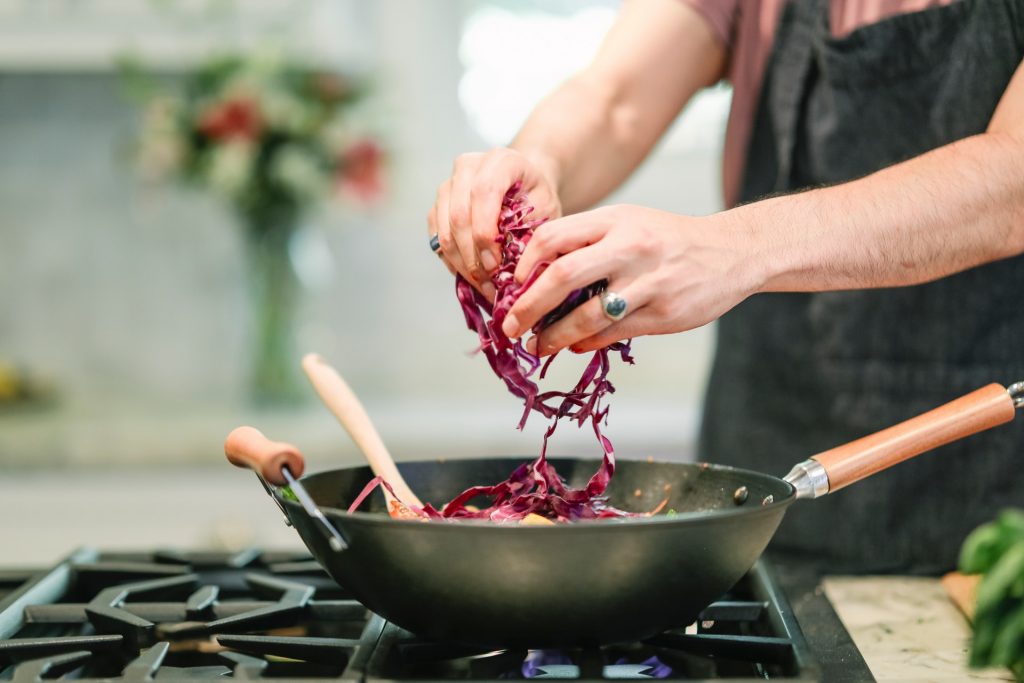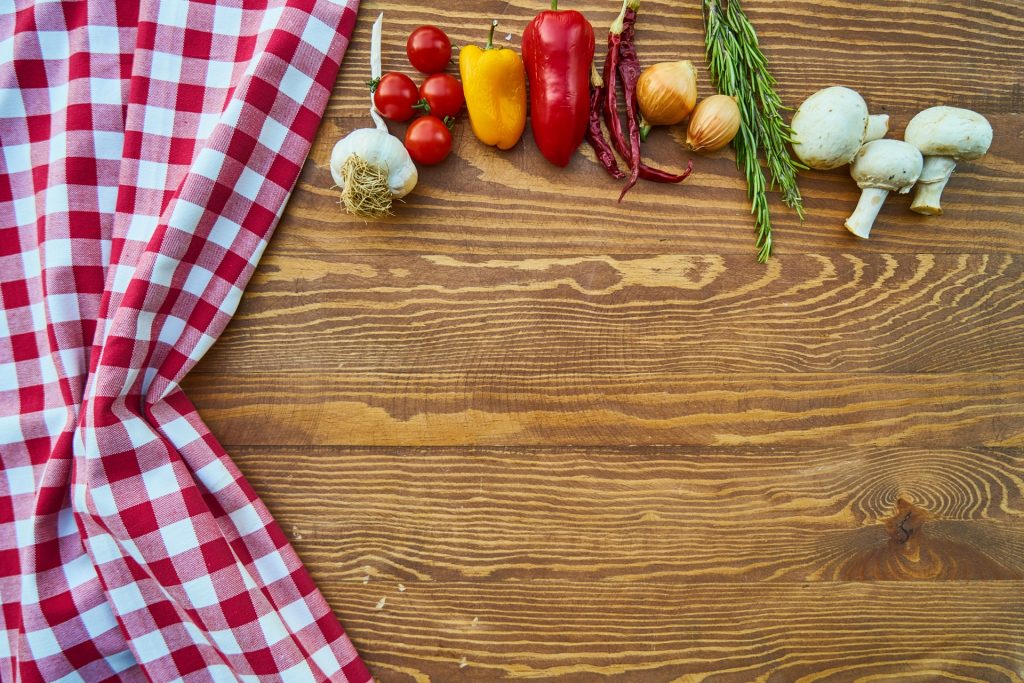It is reported that a third of the food available in the world today is either thrown away or gets spoiled. On a national level, 40% of food is wasted. Restaurant, other food service companies and hotels account for most of this lost and wasted food.
What is food waste?
According to Encyclopedia.com, any potentially usable food that gets discarded can be considered food waste. Both edible and non-edible foods can qualify as food waste.
Food is wasted for a number of reasons related to personal preferences or cultural norms. For instance, some people (especially young children) do not like crust on their bread. So, they will throw it away if they are at home or leave it on their plate to be discarded if they are at a restaurant.
From a cultural perspective, societies that do not suffer from food shortages may leave food on their plate when they have had their fill and not even consider that they may have over-ordered. It is always possible that someone could overestimate their appetite and not be able to finish a meal they have ordered.
How to reduce food waste
Reducing food waste is a basic, common-sense business strategy. So, it is wise to put together a plan to cut down on food waste to increase your restaurant’s profits.
Your goals for such a plan should include:
- Reducing your restaurant’s current waste level to a minimum.
- Utilizing current food waste material in the best possible way.
Here are 20 ways to permanently cut down on your restaurant’s food waste:
1. Carry out a food waste audit – Assign a team of responsible employees or external consultants to implement your food waste audit. One of the first qualifying aspects of your team members should be involvement in food preparation. At least one or more of your team members should have first-hand knowledge of inventory management and the quantities of each specific item used in preparing the food your restaurant serves.
2. Track and analyze your restaurant food waste – Food waste can be separated into two classifications.
These are:
- Waste occurring in the preparation process – before your guests receive their food. This waste includes potato peels, leafy vegetable roots, bones, improperly prepared food and spills.
- Waste resulting from the food left behind after your guests finish eating – A major cause for this type of waste in the U.S. is that many restaurants offer promotions of extra-large food servings. However, this practice has had a huge impact on restaurant food waste and is considered a major problem.
Here are a few suggestions for determining the kinds and quantities of food your restaurant is wasting:
- Talk with your employees.
- Dispose of your waste in separate specific containers.
- Record the types and quantities that your restaurant wastes.
- Review documentation, such as invoices, for your food deliveries
3. Review your point of sale (POS) analytics for food you have purchased and evaluate this in light of your business objectives.
When you use this strategy, carefully evaluate the ingredients you use to prepare dishes. If some ingredients end up getting wasted frequently when their freshness expires, reconsider your restaurant’s purchasing habits and consider using vendor managed inventory to only receive ingredients when absolutely necessary.
4. Re-work portion sizes to reduce your restaurant food waste – To accomplish this, observe and note which menu items your guests are leaving uneaten most frequently. Then reduce the portion sizes of those menu items.
The benefits of reducing portion sizes are:
- Reduction in the quantity of your restaurant food waste.
- Reduction in the cost of food preparation.
- Increase in your restaurant’s profits.
5. Change plate sizes so your reduced portions still look attractive –
One of the most important strategies for most diets is managing portion size. It may be true that your guests are not necessarily interested in any diets they may be following when they visit your restaurant. However, if you provide more moderate portions on smaller plates, they may be less inclined to leave food on their plates and they will most likely feel satisfied. Most people are becoming disenchanted with super-sized meals. So, unless your restaurant’s reputation relies heavily on large food servings, it may be wise to reduce portion sizes using smaller plates.
6. Formulate rules and policies for your waste reduction program.
The following two practices will help you permanently cut down on food waste:
- Proper storage of fruits and vegetables – Clean these items properly. Then store them in appropriate containers with labels noting the name of the food item and the date of storage. This will extend the usability of your produce. Also, make sure to be aware of the optimum time between purchase and use for all your perishable food.
- Regular food rotation between your warehouse and refrigerator – Arrange food by placing those that need to be used first in front. Another food storage method is the “right to left” rule. If you use this method, you will always store the newest food to the right of your refrigerator or warehouse shelves. Then, as you add new food to your storage, move the older food to the left. So, when you take food out of storage to prepare it, you should always take the item that is farthest to the left.
When you store your food using either of these methods, date labeling all food items is absolutely necessary. This will generally prevent unfortunate surprises when taking food out of storage for use and finding that it is not usable.
7. Recycle all appropriate food and materials –
Some of your food scraps may be recyclable by way of composting. Recycling your food by composting can enhance soil and promote plant growth.
The Small Footprint Family website lists some frequently discarded food items that are compostable:
- Loose-leaf tea
- Coffee grounds
- Eggshells
- Fruit and vegetable scraps
- Spoiled soy, rice, coconut or almond milk
- Crumbs swept from counters and floors
- Stale bread or tortillas
This is not an exhaustive list. However, it provides a few ideas for food items you can recycle by composting, which has many benefits for your restaurant and the environment in general.
8. Train your staff to reduce waste – Your cooks, bartenders and waiters should become familiar with some basic rules in relation to space and movement in the bar or kitchen. For instance, bartenders and waiters who are preparing and serving drinks should learn how to successfully maneuver around a packed bar or restaurant. This way, they avoid bumping into each other and spilling drinks.
9. Provide the best possible quality in kitchen equipment –
Supplying specialty knives for peeling vegetables and fruits, as well as cutting and filleting meat or fish, could work out to be expensive. On the other hand, this type of equipment can do a more accurate job in the food preparation process that can help your restaurant cut down on food waste.
10. Consider repurposing ingredients – Here are a few ideas for making the most of the ingredients your restaurant is using:
- Turn day-old bread into croutons
- Make soup out of leftover cooked meats
- Encourage your chefs to innovate and convert excess ingredients into daily specials.
11. Invite guests to take their food home with them by offering takeout containers – Your wait staff can participate in your restaurant’s effort to cut down on food waste. Find ways to motivate them to make a habit of asking guests if they want a takeout container.
12. Create an incentive program for guests to bring their own takeout containers – Your restaurant can demonstrate an even higher level of environmental awareness by offering a small discount on bills to guests who bring their own takeout containers or “to go” mugs.
13. Provide guests with as much information about menu items as possible
Make sure your wait staff is well-versed in all the menu offerings, especially when new ones are added. Additionally, menus should contain as much detailed information as possible about the food you serve. The principle is that, the more your guests know and understand about the food they are ordering, the less likely it is that they will return a dish to the kitchen.
14. Keep track of each dish’s popularity – If some menu items are very rarely ordered, it may be time to remove them from the menu. Then, if you are ordering ingredients intended for those items only, it is time to stop purchasing them. Additionally, you can introduce new replacement items on a trial basis to properly determine whether these items will be popular enough to become a permanent menu addition.
15. Offer left-over ingredients to your employees – If, at closing time, you have ingredients remaining that are not enough for the next day’s dishes, give those away to your employees. This will not only cut down on food waste, but could also boost employee morale.
16. Offer food scraps to local farmers as animal feed
Your local farmers may provide a low-cost or free pick-up service for food scraps because they can feed them to their animals. This food wastage reduction idea also provides a boost to your restaurant’s reputation as you can let your guests know that you work with other local businesses to boost your community’s economy.
17. Find out where you can donate food – If you find that you cannot use some food items that are still safe for consumption, contact your local charity, food bank or soup kitchen. This will prevent unnecessary restaurant food waste while servicing your community.
18. Use food scraps to make stock
One suggestion is to sauté together scraps such as peels, stalks and other vegetable parts you cannot use in any other recipe in olive oil or water to create a vegetable broth that can be used in the soups you serve.
19 Track your customer traffic – Some restaurants record customer traffic in a daily log. This log notes the number of customers each day and even what the weather was like on those days. Keeping this kind of log can give chefs a basic idea of how many customers they may expect on any given day in the following year. This can assist with food ordering decisions.
This type of information can be fed into your staff scheduling software to create a more accurate shift. For instance, information such as customer traffic and types of orders, can be used to inform Deputy’s auto-scheduling feature. Auto-scheduling uses artificial intelligence to create a staff schedule for your restaurant’s employees, which takes your business requirements into account.
20. Take advantage of the advances in technology that help to reduce food waste. For example:
- Track food freshness by enabling in-house data communication. This helps you to identify the food wastage areas, so you can take the appropriate action.
- Increase the freshness of food by inserting a small packet into food packaging. This packet releases a vapor that can delay ripening and stop mold and bacteria growth.
Wastage in any part of your restaurant has a negative effect on your bottom-line. Wastage in relation to shifts should also be a concern for any restaurateur. Even minutes wasted through inaccurate scheduling can add up to many unproductive days.
Deputy empowers you to create shifts for your restaurant, quickly and efficiently. Use our staff scheduling solution to ensure that you are never understaffed or overstaffed. Furthermore, using Deputy will help to eliminate time wastage through innocent mistakes or deliberate time theft.
We’re already trusted by over 90,000 businesses to provide accurate and quick staff schedules every time.
Sign up for a free trial of Deputy today to find out how we can help you to eliminate the wasted time creating schedules and time wastage in general among your restaurant’s staff.
